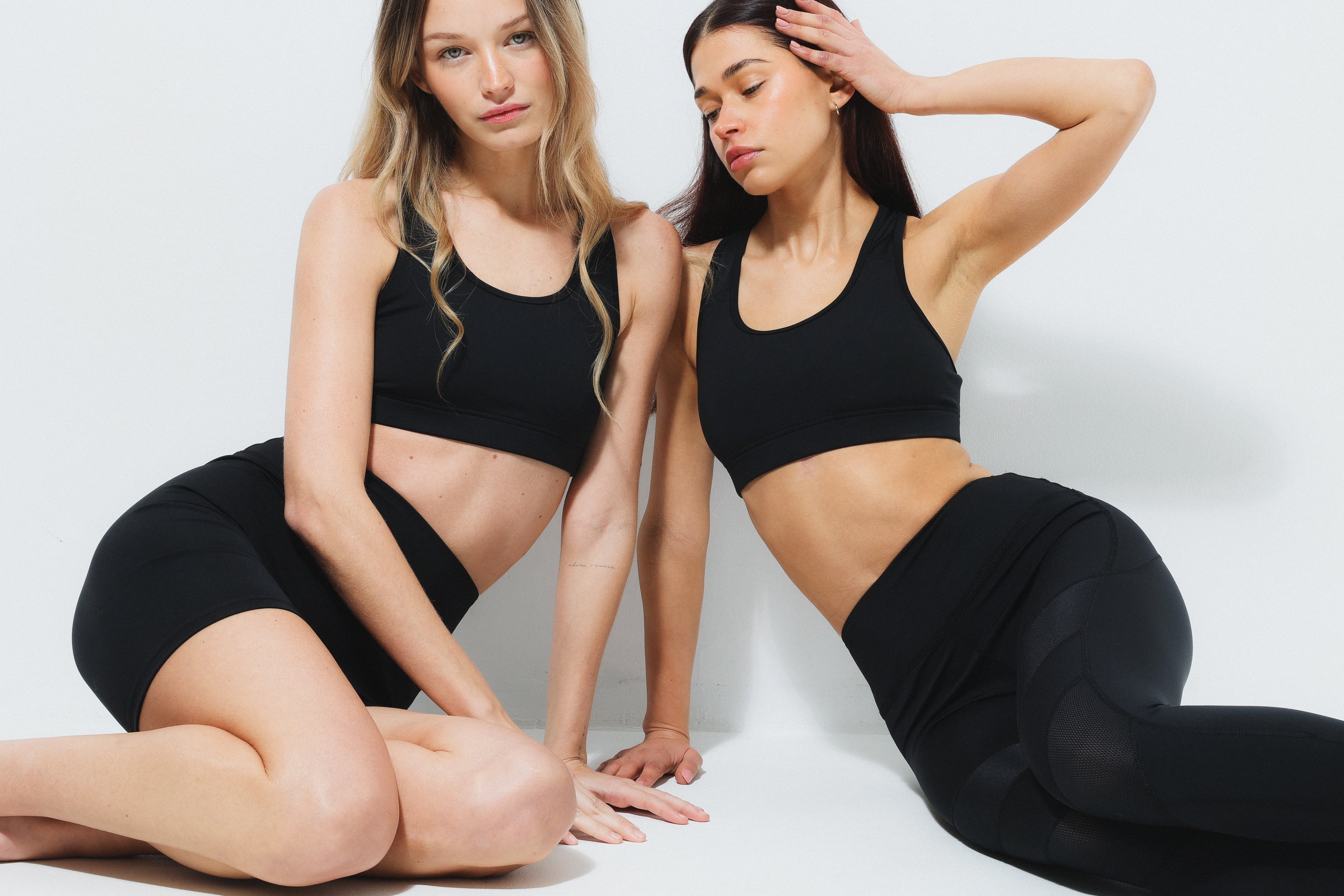Running is becoming increasingly popular in Poland, and with it, the demand for appropriate sportswear is growing. One of the key elements of every runner's equipment are leggings, which offer unparalleled comfort and functionality. In this article, you will learn why it is worth investing in running leggings and what benefits come from wearing them.
The Importance of Proper Sportswear
Running is not only a passion, but also a way to a healthy lifestyle. To fully enjoy each workout, you need the right outfit. Good sportswear not only increases comfort, but can also significantly affect your performance. Running leggings are a key element here.
Benefits of Wearing Running Leggings
Wearing leggings while running offers many benefits.
Firstly, they provide excellent fit and full freedom of movement , which is extremely important when you cover the kilometers. Well-chosen leggings should be made of materials that wick away moisture, eliminating the feeling of discomfort caused by sweat. Thanks to this, you maintain the right body temperature even during intense training.
By investing in high-quality leggings, you also gain muscle support. Special compression technologies can improve circulation and reduce the risk of injuries . Additionally, flat seams and advanced manufacturing technologies minimize chafing, which can be bothersome during long-distance runs.
We can't forget about the aesthetic aspect either. Leggings are available in various patterns and colors, so you can express your style even on the running track.
It’s no wonder that running leggings are gaining popularity among amateurs and professionals alike. In the following parts of this article, we’ll take a closer look at the key features of leggings and give you some tips on how to choose the perfect pair for you.
Key Features of Running Tights
When choosing running leggings, it is worth paying attention to a few key features that can significantly impact comfort and performance during training.
Materials used to make running leggings
Running leggings are most often made of several types of materials that provide adequate flexibility and comfort:
- Polyester – one of the most popular materials, characterized by high durability and quick drying.
- Elastane (Spandex) – added to fabrics to increase their elasticity, which is crucial for leggings to fit well to the body.
- Cotton – although less commonly used in running tights, can be used in material blends for improved comfort.
Breathability and moisture wicking properties
An important aspect is the ability of materials to wick away moisture and provide adequate breathability. This keeps the skin dry, which is especially important during long-term physical exertion.
Technologies that increase running comfort
Modern running tights often incorporate various advanced technologies that are designed to increase comfort:
- Flat seams – reduce the risk of chafing and skin irritation.
- Mesh panels – special mesh inserts that provide better ventilation in strategic places.
Table comparing the functions of different types of leggings
|
Type of leggings |
Material |
Breathability |
Mesh panels |
Flat seams |
|
Basic leggings |
Polyester |
High |
NO |
Yes |
|
Compression leggings |
Polyester, Elastane |
Very high |
Yes |
Yes |
|
Thermal insulation leggings |
Cotton, Polyester |
Mean |
NO |
Yes |
|
Trail Running Leggings |
Polyester, Elastane |
High |
Yes |
Yes |
When choosing the perfect pair of running leggings, remember to take a close look at the materials and technologies used in their production. The right combination of these features can significantly increase the comfort and effectiveness of your running training.
How to Choose the Right Running Leggings
Choosing the right running tights is key to ensuring comfort and maximum performance during your workout. There are a few important factors to consider to make the most informed decision.
Factors to consider when choosing leggings:
- Size and fit : Make sure your leggings are snug, but not too tight. The perfect leggings should hug your body, providing support without restricting movement.
- Season and weather : Consider the weather conditions you’ll be running in most often. For colder days, choose thermal leggings, and for summer, choose breathable, moisture-wicking models.
- Type of running : Different leggings will work well for sprints, and others for long-distance running or trail running. In the case of trail running, it is worth paying attention to the durability of the materials and additional reinforcements.
- Style and personal preferences : Remember that in addition to functionality, you should like the leggings. The right design can additionally motivate you to run.
Top tips for buyers:
- Please measure yourself carefully before purchasing to select the correct size.
- Check the material composition – is it flexible enough and dries quickly?
- Choose models with flat seams and mesh panels for increased comfort and breathability.
- Consider leggings with pockets that can hold keys or a phone.
- Try on leggings before purchasing, if possible, to see how they fit.
- Read what other runners think about a given model – their experiences can be very helpful.
- Don't skimp on quality - investing in good leggings can pay off in the form of better comfort and longer garment life.
Matching leggings to your individual needs and preferences is key to successful running. Remember to choose not only based on aesthetics, but above all on functionality and comfort.
Comparing Running Tights to Other Types of Sports Pants
Every runner knows how important it is to have the right gear that will keep you comfortable and help you perform. When you’re thinking about running tights , it’s also worth considering how they compare to other popular types of athletic pants, like shorts, sweatpants, and compression pants.
The Differences Between Leggings, Shorts, Sweatpants, and Compression Pants
These running tights hug your body to minimize friction and allow for freedom of movement. They're made with moisture-wicking fabrics to help keep you dry during intense workouts.
Shorts are more breathable and ideal for hot days. They offer better ventilation, but may not be as effective at wicking away moisture as leggings. Sweatpants are looser and more comfortable on cooler days, but their width can limit range of motion.
Compression pants, like leggings, hug the body but also offer muscle support through compression. They can speed recovery and reduce the risk of injury. However, not all runners feel the need for additional compression.
Advantages and disadvantages of each type of clothing
|
Type of clothing |
Advantages |
Defects |
|
Running leggings |
They adhere to the body, minimizing friction; good moisture wicking |
They may be uncomfortable for people who prefer looser clothing. |
|
Shorts |
Excellent breathability |
Less efficient in wicking away moisture |
|
Sweatpants |
Comfortable and suitable for colder days |
May restrict movement; poorer moisture management |
|
Compression pants |
Muscle support, accelerated regeneration |
They can be more expensive; not everyone needs compression |
Situations where leggings work best
Running tights are great for a variety of conditions, and are especially effective in situations where:
- You run in moderate to warm temperatures and need moisture wicking.
- You train intensely and want to minimize the risk of abrasions.
- You run long distances where comfort and support are key.
Choosing the right sports pants depends on your individual preferences and the conditions you are exercising in. Running tights offer unique benefits that make them the first choice for many runners.





Leave a comment
All comments are moderated before being published.
This site is protected by hCaptcha and the hCaptcha Privacy Policy and Terms of Service apply.